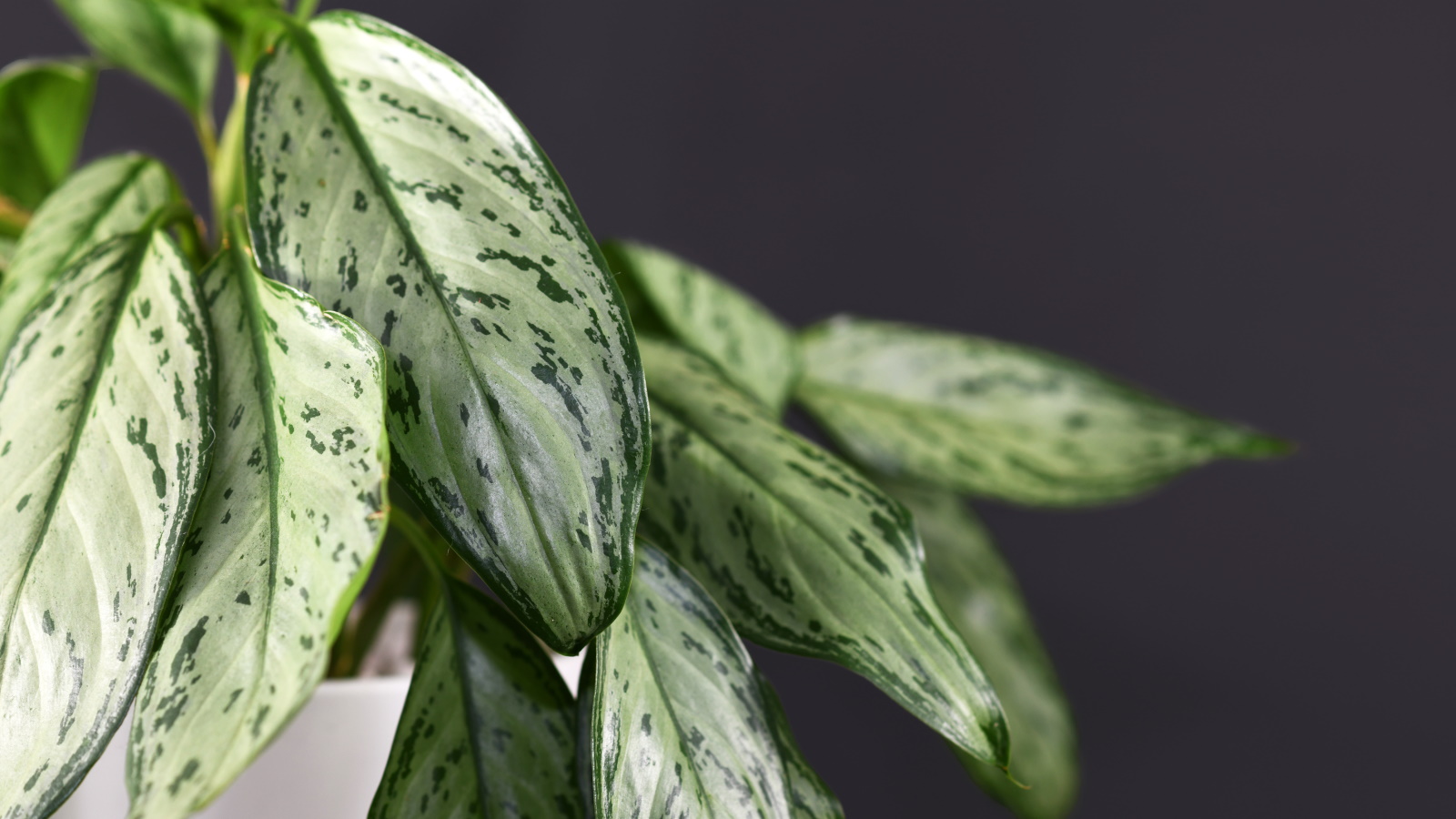
I've been fascinated by tropical plants since starting my houseplant collection, so it's no surprise that it didn't take long for me purchase a beautiful Chinese evergreen. Also known as aglaonemas, these plants come in a wide range of colors and patterns, and are a real statement to have in your home.
While Chinese evergreen care is fairly straightforward, I've found that not keeping on top of things like moisture and lighting levels can have some negative impacts on the appearance of these plants. Like other plant parents, I've made some common indoor plant mistakes in the process of learning how to provide proper care and sadly watched my Aglaonema 'Jubilee Compacta' leaves turn yellow.
Although it's a concerning sight, I was quickly able to amend my Chinese evergreen's growing conditions to prevent more yellowing leaves. Now, it's thriving happily. Not sure what's causing your aglaonema leaves to turn yellow? I've compiled a list of common causes, plus expert tips on what to do to to make your aglaonema happy once again.
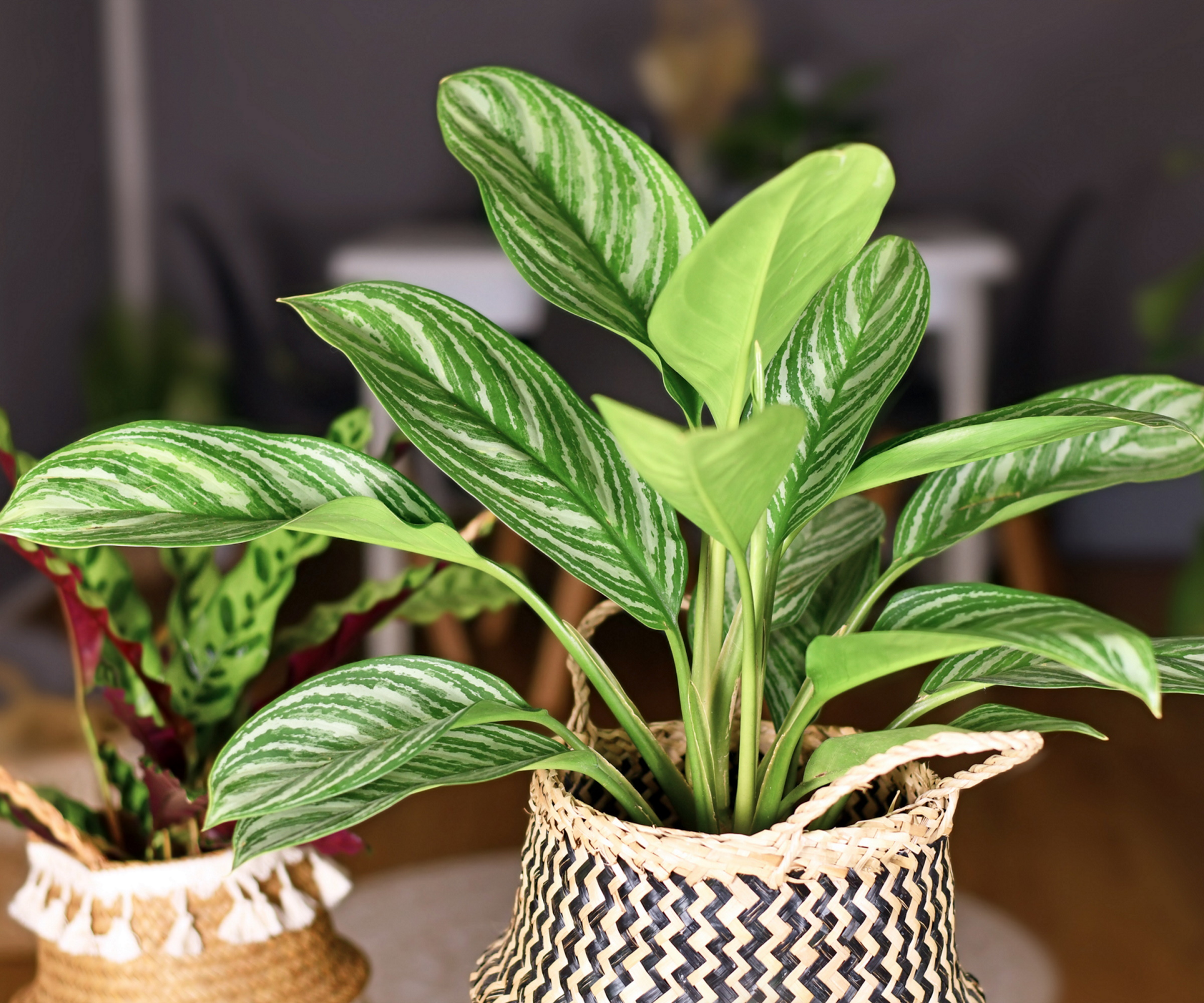
5 reasons why Chinese evergreen leaves turn yellow
When you own a wide range of indoor plants, you quickly have to learn the different needs of each one. Tropical indoor plants in particular have specific requirements to enable them to grow well in your home environment. Chinese evergreens are no exception and not meeting its requirements can cause yellowing foliage. Here are 5 common causes of yellow Chinese evergreen leaves and how to resolve it.
1. You're incorrectly watering your Chinese evergreen
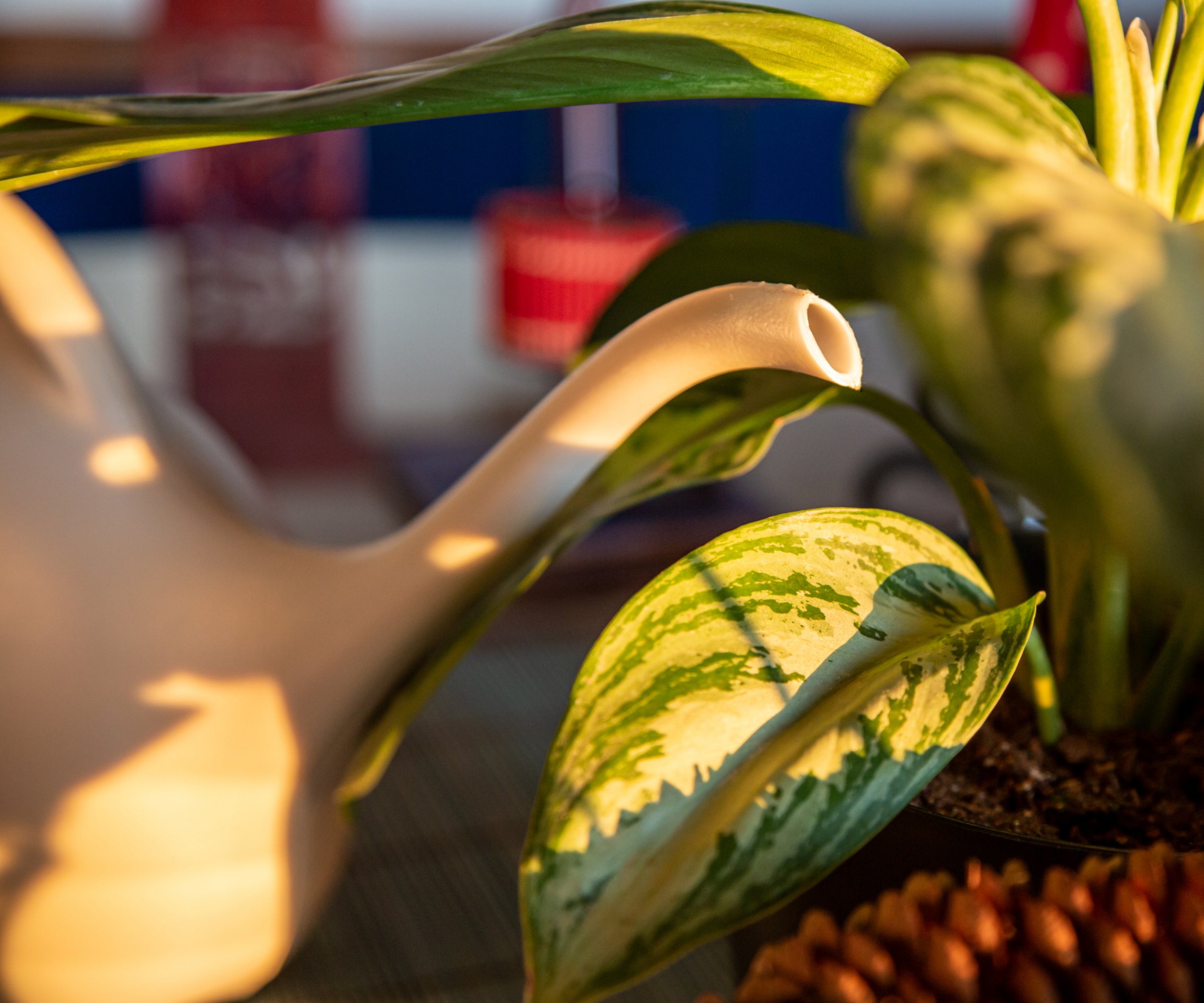
If your Chinese evergreen leaves are turning yellow, the first place to start is checking your watering regime. Both underwatering and overwatering can cause discolored Chinese evergreen foliage, and it's usually the main culprit.
'With overwatering, roots become suffocated, leaving them at the mercy of root pathogens,' explains botanist Melvin Cubian from Plantin. 'While underwatering can manifest the same symptoms due to the water-starved aerial parts,' he adds.
When it comes to knowing how to water your houseplants correctly, it's as simple as checking the soil before picking up your watering can. I used to stick to a watering schedule for all of my plants, watering them at the same time and at the same frequency. However, this isn't an ideal way to keep your plant hydrated as different plants will retain water at different levels and will need watering at different times.
'To water plants, checking the soil with your fingers or with soil moisture meter is recommended; if the topsoil is relatively less moist or almost dry, it needs a deep soak to ensure the entire root system is hydrated,' says Melvin. 'This cycle can last up to a week, but with variable conditions that hasten or slow down water evaporation, it is always a good idea to check the topsoil's moisture level.'
I would personally be lost without my soil moisture meter, available at Amazon, and use it to check my plants every time I go to water them. This means I now never let my Chinese evergreen become too wet or too dry.
2. Your Chinese evergreen needs more light
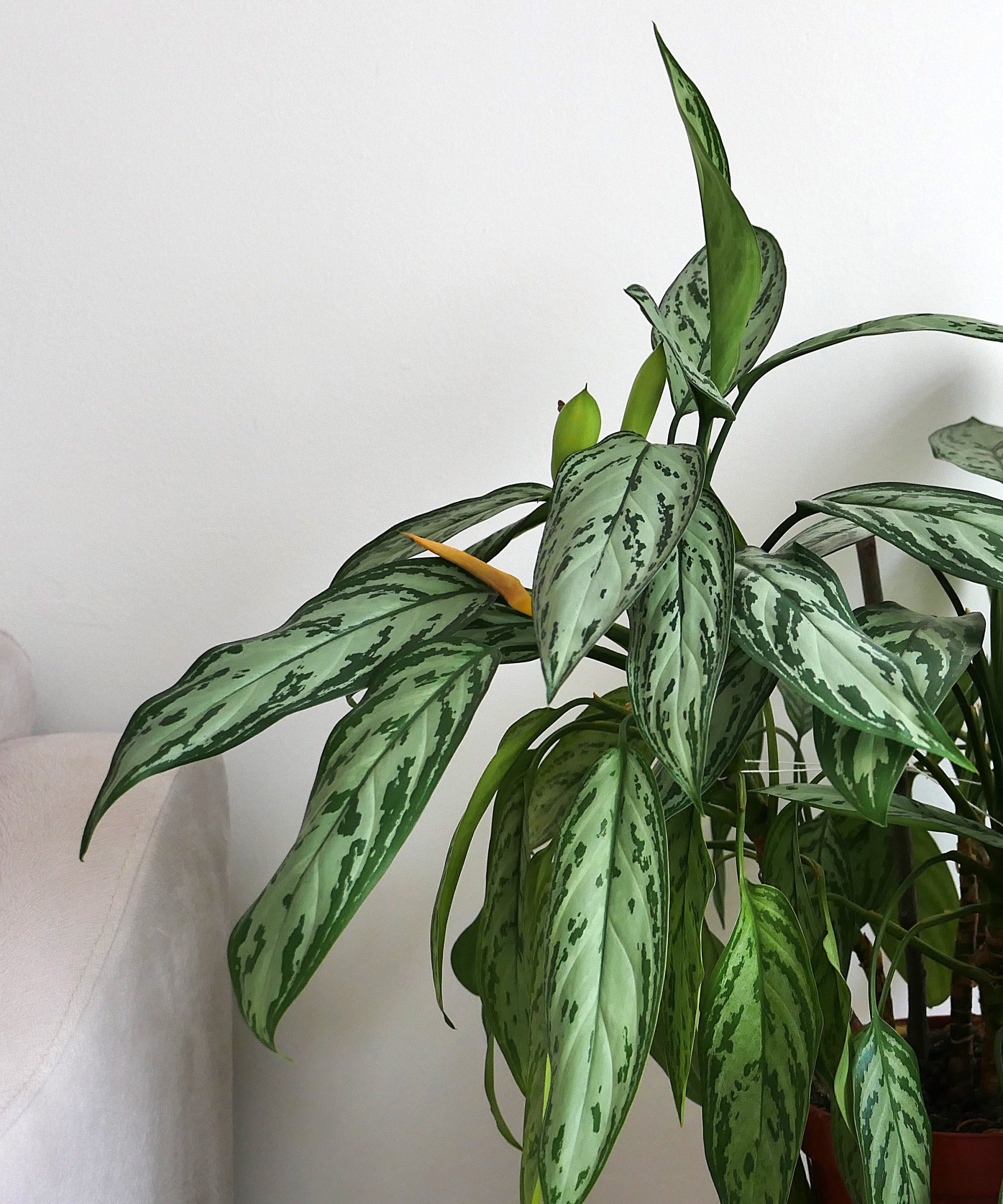
The variegated foliage of Chinese evergreens isn't the only thing that attracted me to them, but it was also the fact that they are a great choice for indoor low light plants and filled a darker spot of my home perfectly.
However, just because a houseplant can adapt well to low light doesn't mean it can cope with no light at all. A lack of light for your agalonema can cause issues such as discoloring and drooping foliage.
'Although Chinese evergreen tolerates low light levels, it thrives when it’s given medium light, between 750 lux (75 FC) and 3000 lux (300 FC),' notes Vladan Nikolic of Mr Houseplant.
Not only can a lack of light cause problems for your Chinese evergreen's growth, it can impact it's ability to maintain its variegated pattern on new growth. The good news is that moving your aglaonema to a spot where it will get more light is an easy and effective solution.
Having said that, you should also watch out for direct sun exposure which can cause leaf scorch.
'The top cause of yellowing leave on a Chinese evergreen plant is shock. So, a sudden change in location, lighting or temperature. If the plant was recently moved, it might be mad about it,' notes Morgan McBride of the Keep Your Plants Alive blog.
When moving your Chinese evergreen to somewhere brighter, ensure the change in lighting is gradual to prevent shock and further discoloring.
3. Your Chinese evergreen has a pest problem
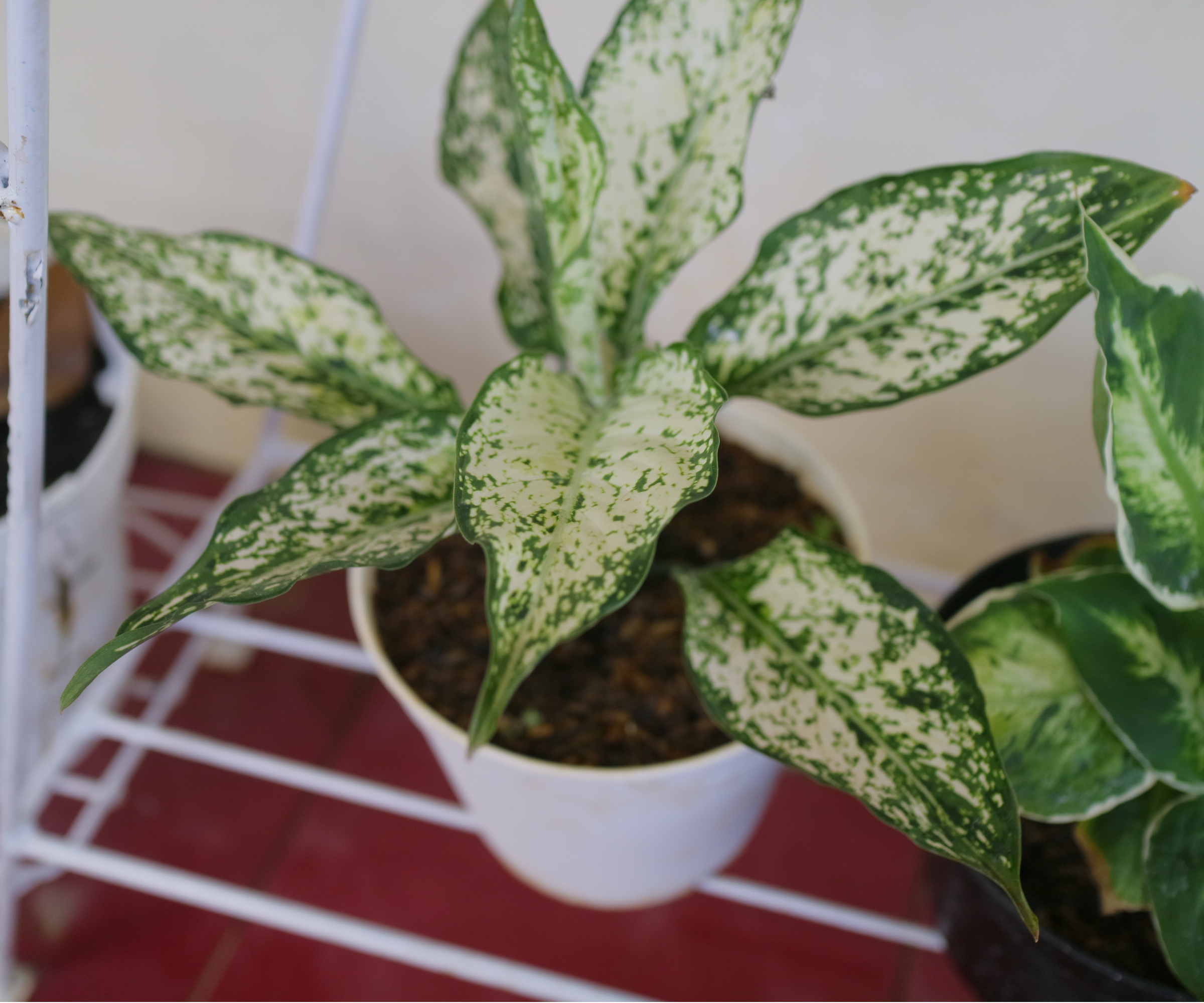
If you've mastered your Chinese evergreen watering schedule and have found the ideal spot for it to live but it's leaves are still turning yellow, it might be down to a common houseplant pest problem.
'The most common Chinese evergreen pests are scale bugs, spider mites and mealybugs. Monitor your plant regularly and check the underside of the leaves because pests like to hide,' says Vladan.
There's no one way to get rid of pests, as it will depend on what you're dealing with. However, you shouldn't panic if you do notice pests on your aglaonema. Make sure to isolate it from other indoor plants and then take the appropriate measures to get rid of the problem.
'You should treat the plant promptly to eliminate the pests,' advises Vladan. 'You can use horticultural oils or insecticidal soaps to treat the plant. Perform a patch test on one leaf before spraying the entire plant. Wait one day, and check the leaf. If it shows no signs of damage, proceed to spray the whole plant thoroughly,' he suggests.
You can also opt for organic methods, with homemade bug sprays and using things in your kitchen cupboard. No matter which solution you choose, make sure to always follow manufacturer instructions for pest control products you use.
4. Your Chinese evergreen needs repotting
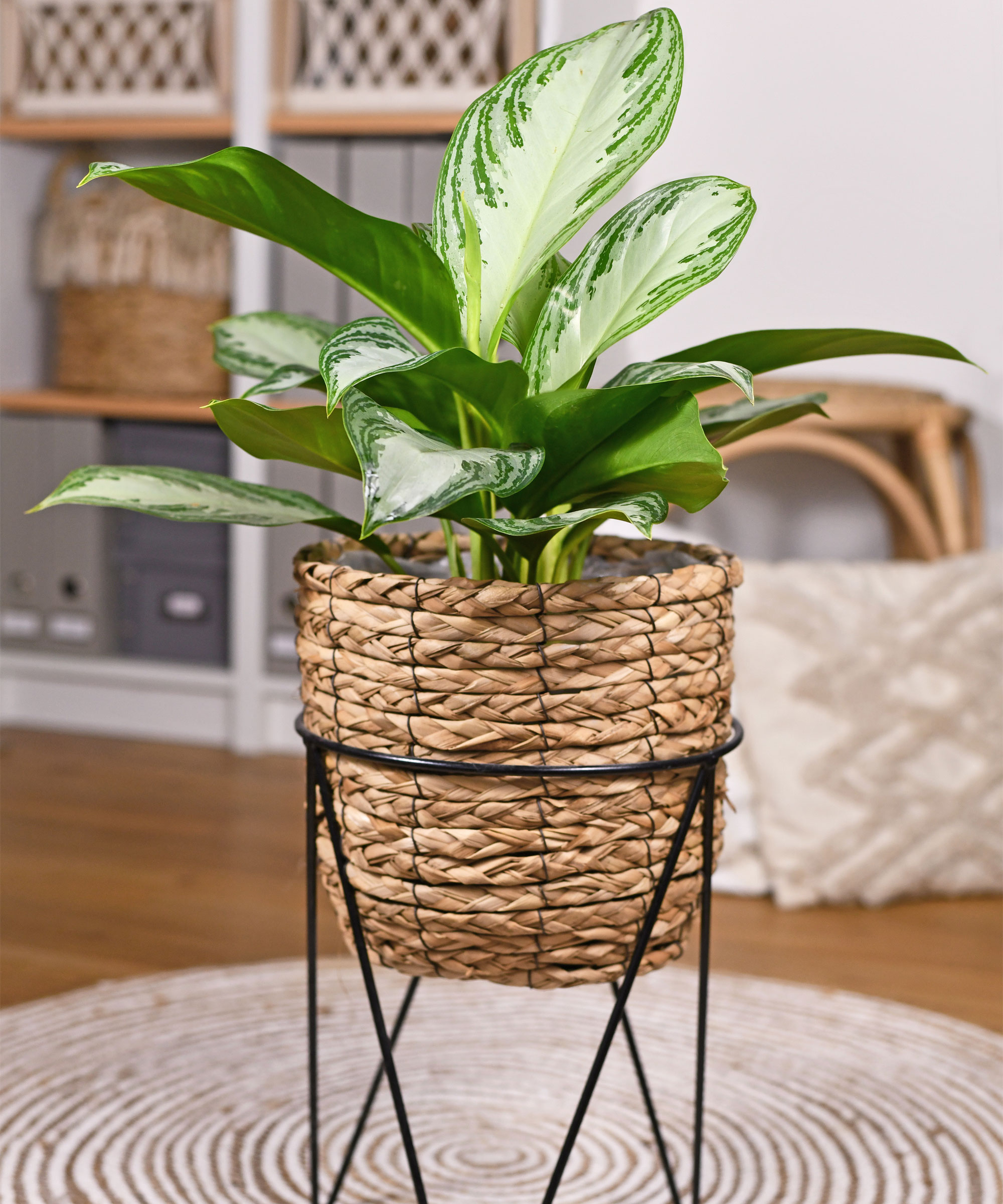
No sign of pests? Correct watering and lighting? Sometimes yellowing Chinese evergreen leaves will persist despite you taking all the right actions to provide the best growing conditions.
This is what happened with my Chinese evergreen, and I soon realised that the problem was lying in the pot I grew my houseplant in. Aglaonemas are slow-growers and won't have much noticeable growth in height over the course of a year. While this is a benefit in the form of not needing to repot your plant often, it can be easy to forget to repot your plant altogether.
This can lead to roots running out of room to grow, eventually wrapping around each other and causing your plant to become pot-bound. This process leaves roots suffocating, stopping growth and their ability to supply nutrients to foliage.
Even though it's often advised to only repot your Chinese evergreen every two to three years, you should look out for signs that your plant needs repotting earlier, like yellowing foliage, and so do accordingly.
5. Your Chinese evergreen plant is dropping older leaves
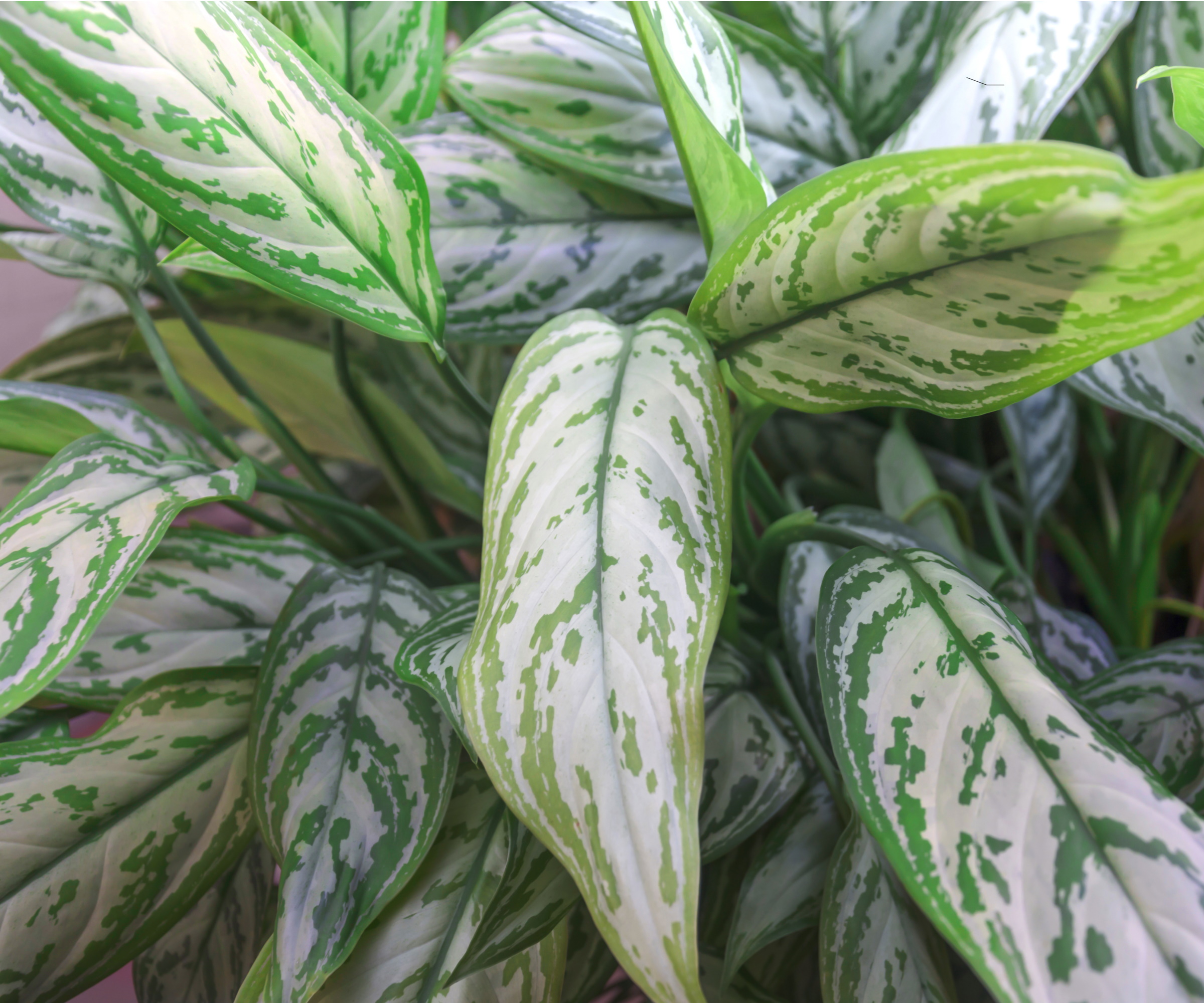
Although yellow Chinese evergreen leaves are usually an indicator of something going wrong, there is an exception. Some houseplants' leaves will turn yellow over time, which is nothing to be concerned about.
'Older leaves gradually get depleted of chlorophyll and can no longer photosynthesize,' says Vladan. 'The plant then uses the nutrients from the old leaves to promote new growth. The old leaves eventually die and fall off,' he adds.
This is known as leaf senescence and is a normal process that you can allow your aglaonema to go through. While it's likely the older leaves will fall off, as Vladan notes, you may opt to cut away them away with essential gardening tools like these pruning scissors from Amazon.
FAQs
Should I cut off yellow Chinese evergreen leaves?
It can be wise to prune away Chinese evergreen leaves that have turned yellow from improper growing conditions. This is because those leaves could be taking up energy that can other wise be used for new growth.
'Yellow leaves are advised to be cut off since they provide little photosynthetic products needed to sustain the plant's normal functioning,' explains botanist Melvin Cubian from Plantin. 'However, if the yellowing covers less than the plant's leaf surface area or only a few leaves standing, it is best to let the plant do its job. Cutting the foliage prematurely can do more harm than good, as you are also talking about the portions that might still be completely functional,' he adds.
Never prune more than a third of the plant at a time and always use sharp pruning tools to cut away leaves, before cleaning your gardening tools after use to prevent the spread of pests and diseases.
Since repotting my Chinese evergreen and adjusting its growing conditions, I haven't had one leaf turn yellow. It's key to monitor all of your plants to keep them happy and act as soon as possible to fix any conditions that may be hindering their health.
Not only do aglaonemas provide aesthetic appeal, they're also among a list of the best air-cooling plants and help to cool the air surrounding them through transpiration. It can be a good idea to have a few air-cooling plants in bedrooms to contribute to a comfortable sleeping environment.







